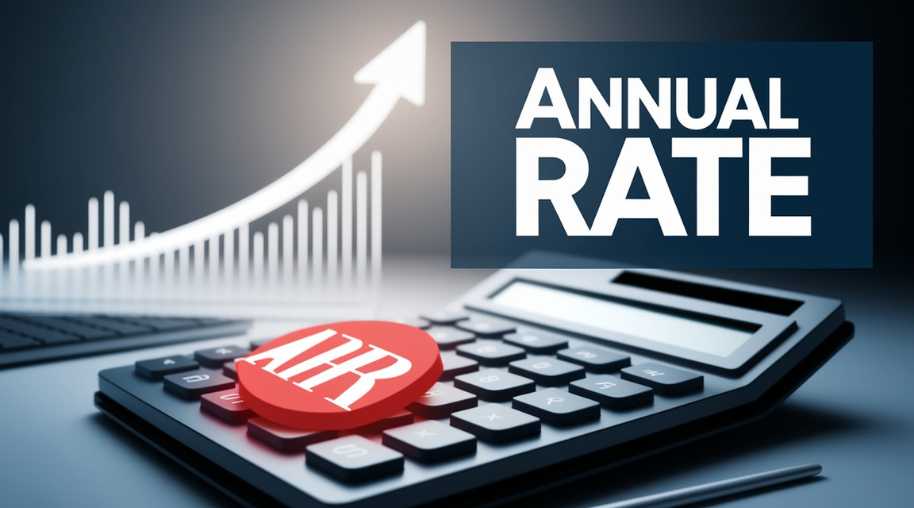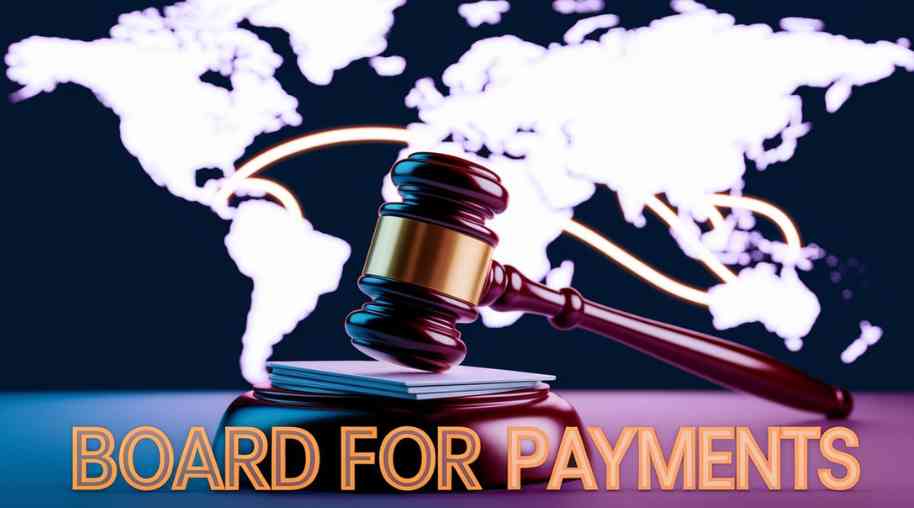APR Full Form - Annual Percentage Rate
by Shashi Gaherwar
0 2078
Understanding Annual Percentage Rate (APR): How It Affects Loans and Credit
When borrowing money, whether through a loan, credit card, or mortgage, understanding the Annual Percentage Rate (APR) is crucial. The APR represents the total cost of borrowing, including interest rates and additional fees, providing a more accurate measure of what you will pay over time.

This article explores the meaning of APR, how it is calculated, different types of APR, and strategies to manage borrowing costs effectively.
What Is Annual Percentage Rate (APR)?
APR is the annualized cost of borrowing expressed as a percentage. It includes not only the nominal interest rate but also fees and other costs, making it a more comprehensive measure of loan expenses than just the interest rate alone.
Lenders are legally required to disclose the APR to borrowers, ensuring transparency in financial agreements.
Types of APR
There are different types of APR depending on the financial product:
- Fixed APR: Remains constant throughout the loan term. Common in mortgages, personal loans, and car loans. Provides stability in repayment amounts.
- Variable APR: Fluctuates based on market interest rates (e.g., based on the prime rate). Common in credit cards and adjustable-rate mortgages. Can result in lower rates initially but may increase over time.
- Credit Card APR: Credit card companies use APR to determine the cost of carrying a balance. Includes:
Purchase APR: Applied to regular purchases if the balance is not paid in full each month.
Cash Advance APR: Higher interest rate charged for withdrawing cash from the credit card.
Penalty APR: Increased APR imposed for late or missed payments. - Mortgage APR: Includes the loan interest rate plus additional costs like origination fees, closing costs, and insurance premiums. Helps borrowers compare home loan options more effectively.
- Payday Loan APR: Typically the highest APR, often exceeding 300% or more. Represents the extreme cost of short-term borrowing. Not recommended due to excessive fees and financial risks.
Why APR Matters
APR is essential in financial decision-making because it:
- Provides a true cost comparison of different loan offers.
- Protects borrowers from hidden fees and misleading interest rates.
- Helps with budgeting by understanding total repayment obligations.
A lower APR means cheaper borrowing costs, while a higher APR increases the total repayment amount.
Factors That Affect APR
Several factors influence the APR offered to a borrower:
- Credit Score: A higher credit score leads to lower APRs, as lenders view the borrower as less risky. Poor credit can result in significantly higher interest rates.
- Loan Type and Term: Short-term loans tend to have higher APRs. Secured loans (e.g., mortgages) usually have lower APRs compared to unsecured loans (e.g., credit cards).
- Market Conditions: Interest rates fluctuate based on economic conditions, central bank policies, and inflation rates.
- Lender Policies: Different lenders impose different fees, affecting the overall APR.
How to Reduce Your APR
To secure a lower APR and minimize borrowing costs, consider these strategies:
- Improve Your Credit Score: Pay bills on time to avoid late payments. Reduce outstanding debt to lower your credit utilization ratio. Regularly check your credit report for errors.
- Shop Around for Lenders: Compare multiple loan offers to find the lowest APR. Consider credit unions, online lenders, and traditional banks for better deals.
- Choose Fixed APR Over Variable APR: Fixed APR loans provide stability and protect against interest rate hikes.
- Negotiate Fees and Terms: Some lenders allow borrowers to negotiate lower origination fees or waive penalties.
- Consider Refinancing: If you already have a high-APR loan, refinancing with a lower interest rate can reduce costs.
APR vs. Interest Rate: What’s the Difference?
Many borrowers confuse APR with interest rates, but they are different:
- Interest Rate: The percentage charged on the principal loan amount.
- APR: Includes the interest rate plus fees, providing a more accurate cost of borrowing.
For example, a loan with a 5% interest rate but 2% in fees will have a higher APR, showing the true cost of the loan.
Common Misconceptions About APR
- A Low APR Always Means the Cheapest Loan: Some loans with hidden fees may have lower APRs but higher overall costs.
- APR Doesn’t Matter for Short-Term Loans: Even short-term loans with high APRs can lead to significant debt accumulation.
- Introductory APRs Stay the Same: Many credit cards offer 0% APR for a limited time, but the rate increases after the promotional period.
Understanding Annual Percentage Rate (APR) is essential for making informed financial decisions. Whether applying for a loan, credit card, or mortgage, knowing how APR works helps you compare options, reduce borrowing costs, and avoid financial pitfalls.
Further Learning Resources
If you’re passionate about building a successful blogging website, check out this helpful guide at Coding Tag – How to Start a Successful Blog. It offers practical steps and expert tips to kickstart your blogging journey!
For dedicated UPSC exam preparation, we highly recommend visiting www.iasmania.com. It offers well-structured resources, current affairs, and subject-wise notes tailored specifically for aspirants. Start your journey today!

Share:








Comments
Waiting for your comments